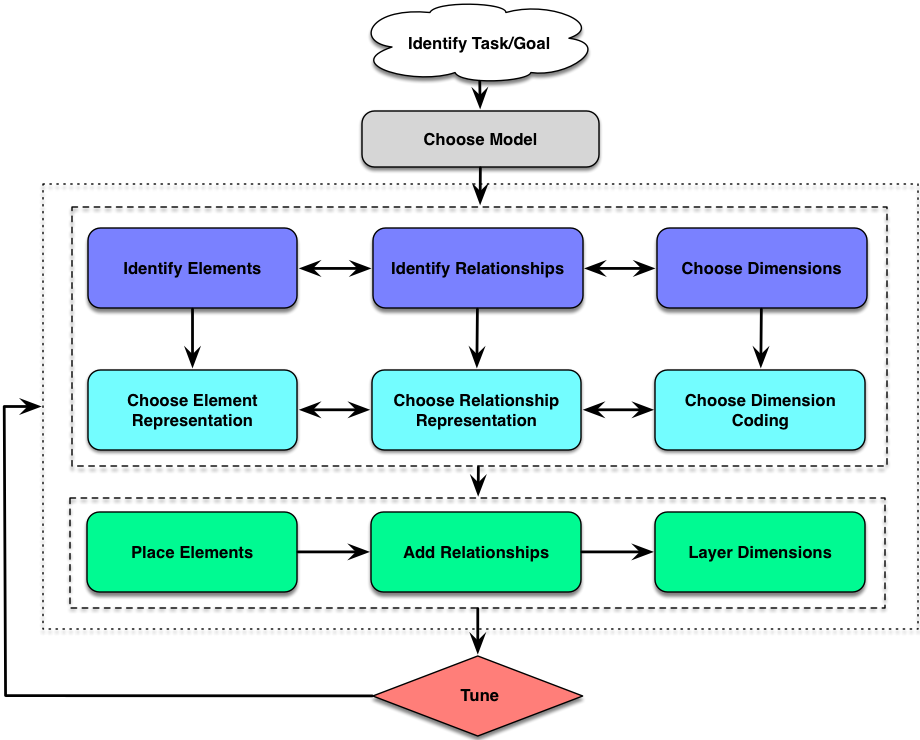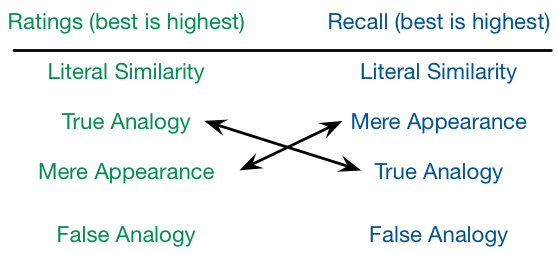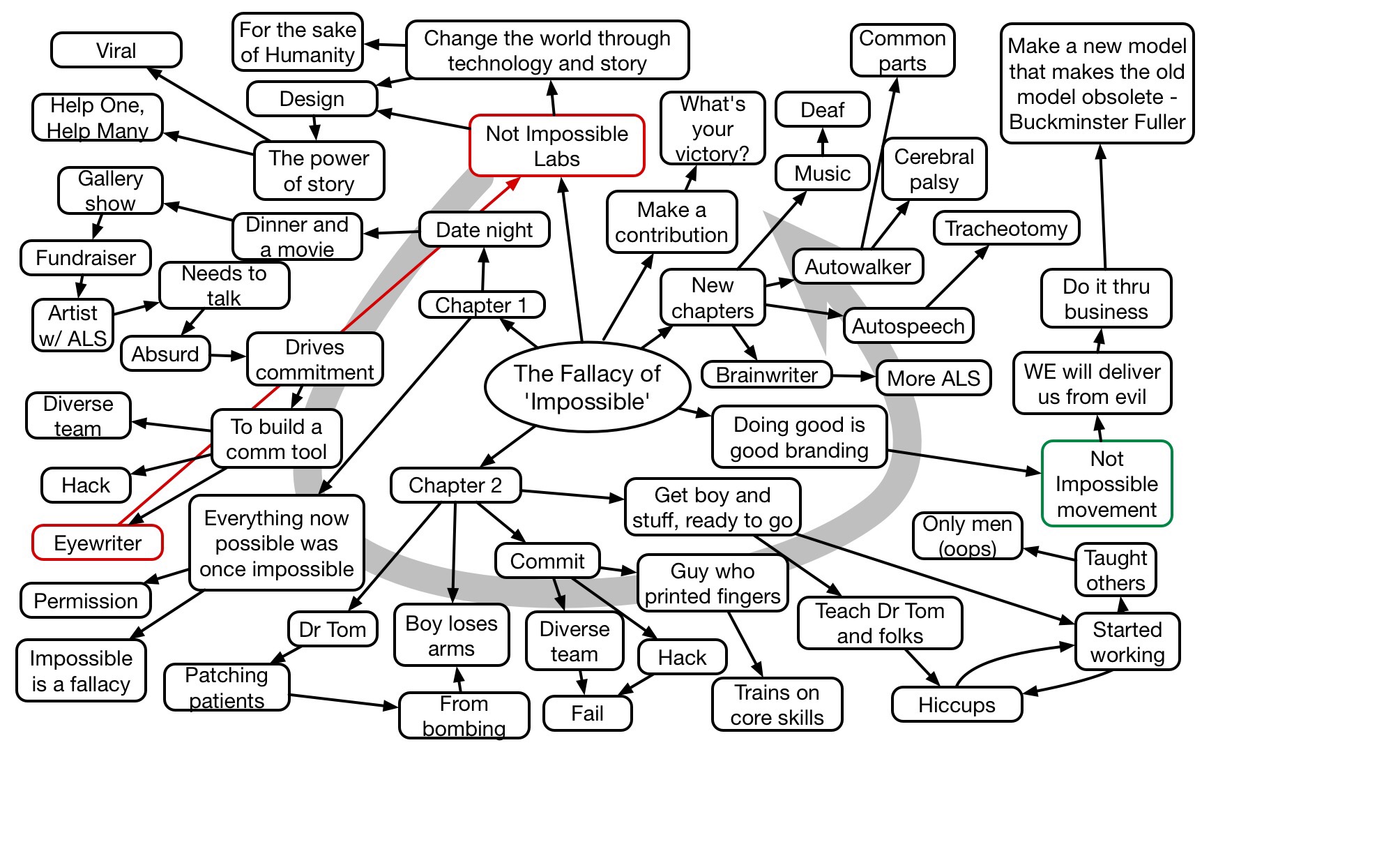Jane Hart is running her annual Top 100 Tools for Learning poll (you can vote too), and here’s my contribution for this year. These are my personal learning tools, and are ordered according to Harold Jarche’s Seek-Sense-Share models, as ways to find answers, to process them, and to share for feedback:
- Google Search is my go-to tool when I come across something I haven’t heard of. I typically will choose the Wikipedia link if there is one, but also will typically open several other links and peruse across them to generate a broader perspective.
- I use GoodReader on my iPad to read PDFs and mark up journal submissions. It’s handy for reading when I travel.
- Twitter is one of several ways I keep track of what people are thinking about and looking at. I need to trim my list again, as it’s gotten pretty long, but I keep reminding myself it’s drinking from the firehose, not full consumption! Of course, I share things there too.
- LinkedIn is another tool I use to see what’s happening (and occasionally engage in). I have a group for the Revolution, which largely is me posting things but I do try to stir up conversations. I also see and occasionally comment on posting by others.
- Skype let’s me stay in touch with my ITA colleagues, hence it’s definitely a learning tool. I also use it occasionally to have conversations with folks.
- Slack is another tool I use with some groups to stay in touch. People share there, which makes it useful.
- OmniGraffle is my diagramming tool, and diagramming is a way I play with representing my understandings. I will put down some concepts in shapes, connect them, and tweak until I think I’ve captured what I believe. I also use it to mindmap keynotes.
- Word is a tool I use to play with words as another way to explore my thinking. I use outlines heavily and I haven’t found a better way to switch between outlines and prose. This is where things like articles, chapters, and books come from. At least until I find a better tool (haven’t really got my mind around Scrivener’s organization, though I’ve tried).
- WordPress is my blogging tool (what I’m using here), and serves both as a thinking tool (if I write it out, it forces me to process it), but it’s also a share tool (obviously).
- Keynote is my presentation tool. It’s where I’ll noodle out ways to share my thinking. My presentations may get rendered to Powerpoint eventually out of necessity, but it’s my creation and preferred presentation tool.
Those are my tools, now what are yours? Use the link to let Jane know, her collection and analysis of the tools is always interesting.



